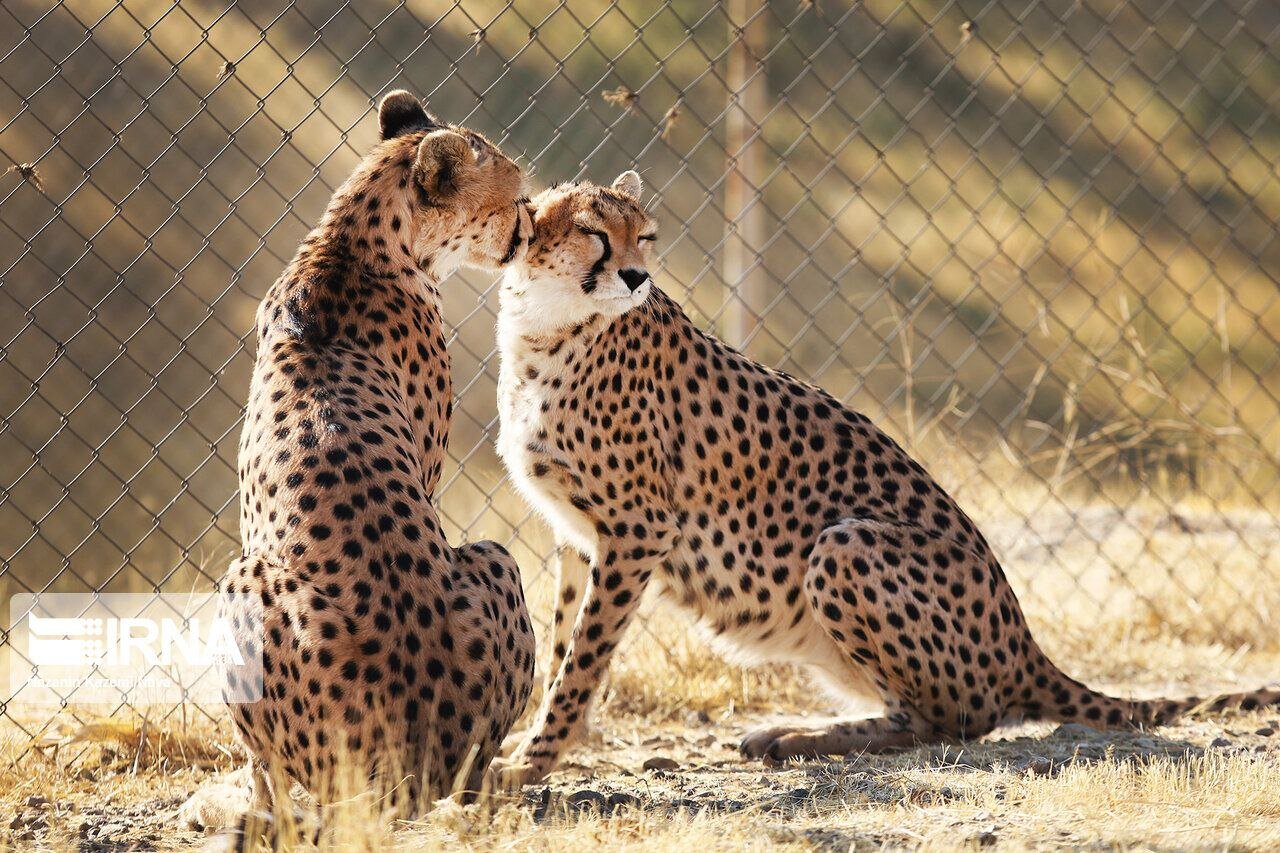Don’t lose hope for cheetah’s survival

TEHRAN –The Department of Environment (DOE) is taking new steps to further protect the Asiatic cheetahs in the country.
“Relocating domestic animals from cheetahs’ habitats, fencing Tehran-Mashhad road, which is one of the most dangerous areas, and breeding in captivity are among the most recent measures the Department of Environment has been taking to preserve cheetahs,” IRNA quoted Hamid Zohrabi, an official with the DOE as saying.
These plans mainly focus on threat removal. During these years, domestic animals have been removed from an area of 150,000 hectares including Golestan National Park as well as the wildlife sanctuary in the area, Zohrabi added.
The DOE is following up on the allocation of two trillion rials (around 2.9 million dollars) to decrease cheetahs’ mortalities on the Tehran-Mashhad road through enhancing road lighting, reducing vehicle speeds, and fencing. Drones and other wildlife monitoring tools can be also used to conserve cheetahs in the area. However, more is needed to be done to reach a favorable result, the official further noted.
“We do our best to safeguard cheetahs’ habitats, but to increase their population, the plan to breed in captivity is going on. We have already taken measures to standardize their breeding site in captivity with the help of the private sector, Zohrabi stressed.
Conserving cheetahs
The expansion of the cheetah territory, and safeguarding their habitats have increased the number of cheetahs, IRIB quoted Zohrabi, as saying in November 2024.
Highlighting the key role of public participation in the conservation of Asiatic cheetahs, the official said over 400,000 hectares area of land between Turan National Park in Semnan province and Miandasht Wildlife Refuge in North Khorasan province are protected by the private sector.
The plan to increase prey is being implemented by the cooperation of the DOE and local communities, he noted.
In October 2024, the official said that the DOE is planning to organize a committee for the preservation of critically endangered species including cheetahs, black bears, and great bustards.
“The Department of Environment is planning to protect endangered species by establishing conservation committees with the help of non-governmental organizations, as well as fostering cooperation with the public, rangers, experts, and government agencies,” IRNA quoted Zohrabi as saying.
Growing the population of cheetahs in the wild is the top priority of the DOE, but their breeding in captivity is also scientifically monitored at the Turan National Park Research Center in the city of Shahrud, IRNA quoted Bahram-Ali Zahiri, an official with the DOE, as saying.
Measures are being taken to preserve cheetahs from extinction by raising their population to 50, he added.
Cheetahs are polygamous mammals. Asiatic cheetahs reach maturity at 2 to 3 years of age and can reproduce until 8 years of age. Female Asiatic cheetahs give birth to multiple cubs, he explained.
A document on the growth and maintenance of Asiatic cheetahs as a valuable and endangered species has been compiled for the first time in Iran marking a valuable scientific achievement by local experts, Zahiri said.
Leave a Comment